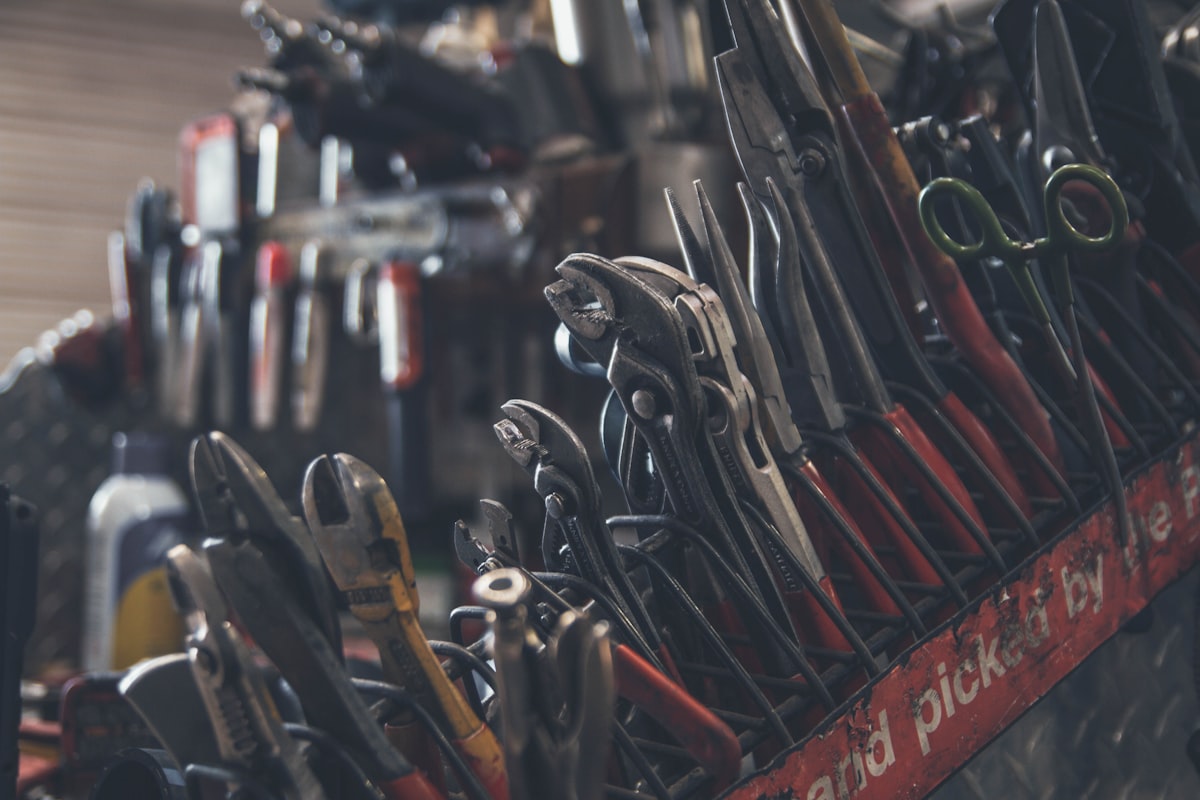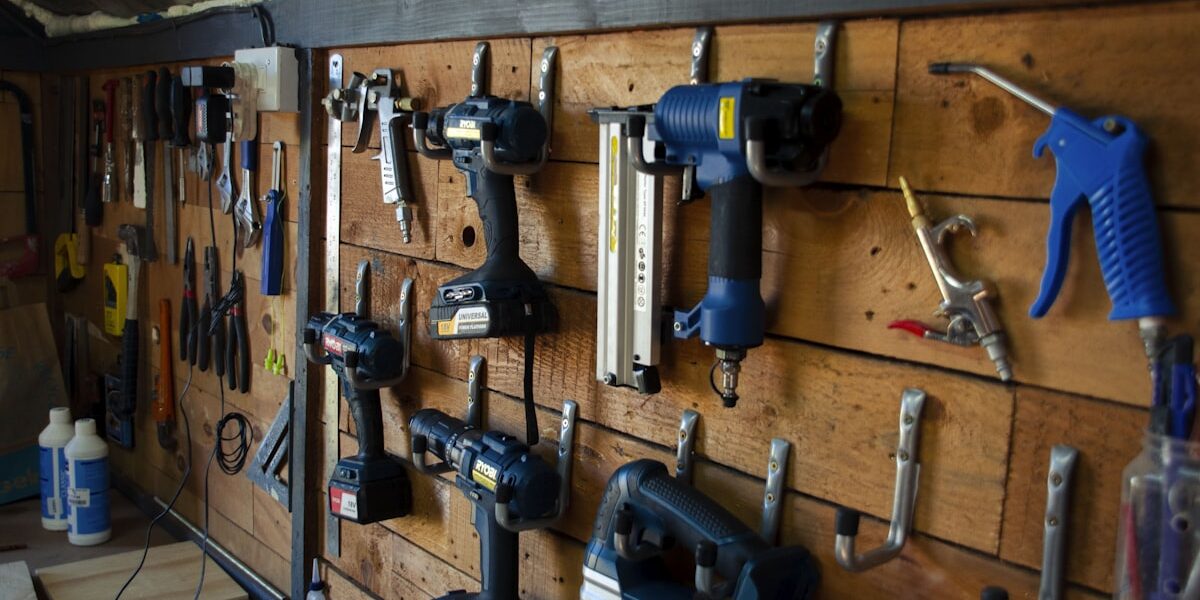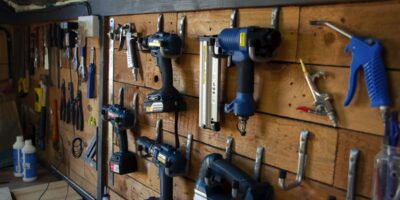Dadoes and Rabbets: Essential Joinery Techniques
Dadoes and Rabbets: Essential Joinery Techniques
Dadoes and rabbets are two fundamental woodworking joinery techniques. They are widely used in cabinet making, shelving, and furniture construction. Here’s a closer look at each technique and how they can be applied to your projects.
What is a Dado?
A dado is a rectangular groove cut into the surface of a piece of wood. It runs across the grain and typically has three well-defined sides. These grooves are designed to accept another piece of wood, providing a strong joint.
Types of Dados
- Through Dado: This dado runs from edge to edge of a workpiece.
- Stopped Dado: This dado does not extend all the way to the edge, creating a cleaner look.
Tools for Cutting Dados

- Table Saw: Often used with a dado blade set to cut wide grooves.
- Router: Provides more flexibility and precision, especially when making stopped dados.
- Dado Plane: Traditional hand tool for cutting dados, though less common today.
Applications of Dados
Dados are extensively used in bookshelf construction. They allow shelves to fit snugly and securely. You can see dados in drawer construction, providing structural support. Cabinet dividers also commonly use dados for stability.
What is a Rabbet?
A rabbet is a two-sided, open-ended recess cut along the edge of a piece of wood. It usually forms a right angle, creating a step for another piece to fit into. This joint is strong and adds to the structural integrity of a project.
Types of Rabbets

- Single Rabbet: Cut along one edge to accept another piece.
- Double Rabbet: Cut along both edges, often used in door or window frame construction.
Tools for Cutting Rabbets
- Table Saw: Fitted with a dado blade or a standard blade set to cut the rabbet width.
- Router: Ideal for creating rabbets with precision, especially on larger pieces.
- Rabbet Plane: Hand tool designed explicitly for making rabbets.
Applications of Rabbets
Rabbets are common in cabinet backs, allowing the rear panel to fit flush with the frame. They are used in glass panel installation in doors and windows. Edge joining in furniture pieces often uses rabbets for a sturdy connection.
Combining Dados and Rabbets
Combining these joinery techniques can add great strength and flexibility to a project. For instance, a bookshelf might use dado joints for shelf support and rabbet joints to secure the back panel. This combination enhances stability and aesthetic appeal.
Strength and Durability
These joints distribute weight and stress evenly. Their interlocking nature makes assembled structures more rigid. This makes them capable of supporting heavy loads over extended periods.
Precision and Fit
Careful measurement and cutting ensure a tight fit. Properly made joints seamlessly integrate parts, creating a unified structure. Consistent precision also enhances the visual appeal of the final piece.
Common Mistakes and How to Avoid Them
- Incorrect Measurements: Always double-check your measurements before cutting. A small mistake can lead to a poor fit.
- Using the Wrong Tool: Select the right tool for the job to ensure clean cuts. Dull blades or inappropriate tools can lead to inaccuracies and rough edges.
- Ignoring Wood Movement: Account for wood expansion and contraction. Ensuring slight play in joints can prevent wood from cracking over time.
Advanced Techniques
Once comfortable with basic dadoes and rabbets, you can explore more complex techniques. Specialty joints, like stopped dadoes with hidden screws, elevate projects. Techniques like rabbeted edges with tongue-and-groove profiles can add more sophistication.
Using Jigs and Templates
Jigs and templates provide consistency. Create a custom jig for repeated cuts, ensuring uniformity. Templates help when working on multiple identical pieces.
Decorative Dados and Rabbets
Adding a decorative profile can enhance the look of exposed joints. Use a router with a decorative bit to add detail. This can turn functional joints into aesthetic highlights.
Materials and Wood Types
The type of wood used affects the outcome of dadoes and rabbets. Hardwoods, like oak and maple, provide sturdy joints but are harder to cut. Softwoods, such as pine, are easier to work with but may not bear the same weight.
Working with Plywood and MDF
- Plywood: Great for structural components, though edges may need edge banding for a clean look.
- MDF: Cuts cleanly and provides stable joints, but it’s not as strong as plywood or solid wood.
Choosing the Right Adhesives
Glue choice impacts joint strength. Wood glue is the most common adhesive. Epoxy is used for extra strength or when fitting different materials together. Clamping ensures glue sets properly, providing a sturdy bond.
Maintenance and Repair
Well-made joints last long but might need maintenance. Check for loosening over time and reapply glue if necessary. Minor repairs might involve reinforcements with screws or brackets.
This overview hopefully provided a clear understanding of dadoes and rabbets. These joinery techniques are integral to many woodworking projects. Mastering them can greatly enhance your craftsmanship and the quality of your creations.


Subscribe for Updates
Get the latest articles delivered to your inbox.
We respect your privacy. Unsubscribe anytime.